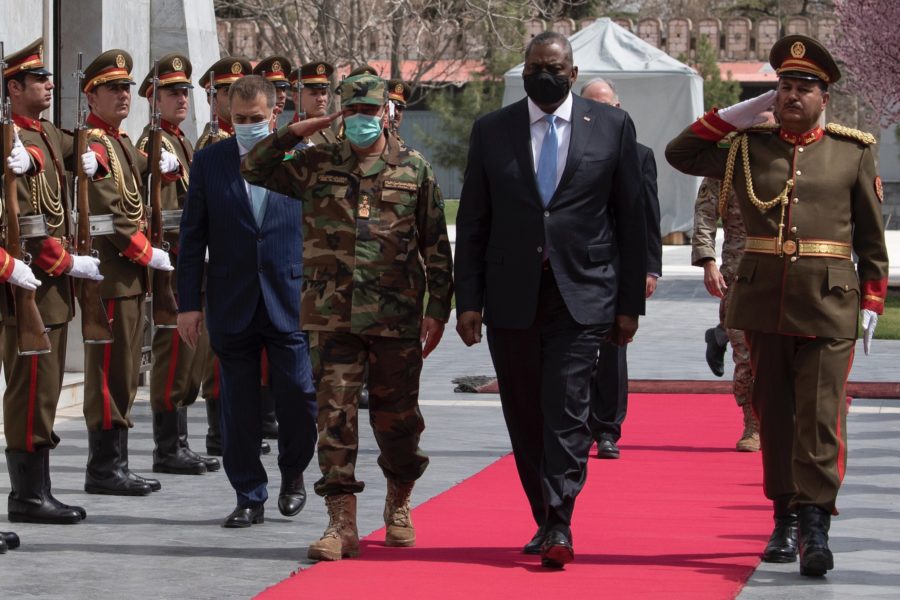U.S. forces will leave Afghanistan by Sept. 11—the 20th anniversary of the attacks on the World Trade Center and the Pentagon, Biden administration officials said.
President Joe Biden is expected to formally announce the plan, which is not “conditions based, unlike previous decisions on troop levels, on April 14. A senior administration official, who spoke with reporters on background, said sticking with the conditions-based approach is a “recipe” for U.S. forces to stay in the country forever.
However, Biden’s hard deadline, is still more than four months after the May 1 deadline for American troops to leave the country, under the February 2020 deal with the Taliban. U.S. officials have long said the Taliban’s level of violence remains too high to completely withdraw forces, although the U.S. already has drawn down to about 2,500 in Afghanistan, from a peak of more than 100,000 in 2011.
“We went to Afghanistan to deliver justice to those who attacked us on Sept. 11 and to disrupt terrorists seeking to use Afghanistan as a safe haven to attack the United States,” a senior administration official said in a call with reporters, which was obtained by Air Force Magazine. “We believe we achieved that objective some years ago. We judge the threat against the homeland now emanating from Afghanistan to be at a level that we can address it without a persistent military footprint in the country and without remaining at war with the Taliban.”
Extending the deadline will give commanders the “time and space” needed to safely withdraw from the country, the official said. The timeline is “what is required” in the judgement of military leaders, the official said.
“We have communicated with the Taliban in no uncertain terms that if they do conduct attacks against us or allied forces, as we carry out this drawdown, … we will hit back hard and that we will hold them accountable for that,” the official said.
There is no “military solution” to the problems in Afghanistan, and ongoing peace talks need to play out to end the war, the official said.
The administration has notified NATO of the plan and “we remain in lockstep with them as we undergo this operation,” the official said. Defense Secretary Lloyd J. Austin III is set to meet with NATO officials this week.
Withdrawing from Afghanistan will allow the U.S. military to focus more on global threats, and “we have to focus on those aspects of a dispersed and distributed terrorist threat even as we keep our eye on the ball to prevent the re-emergence of a significant terrorist threat from Afghanistan.”
After Sept. 11, the remaining military presence will be focused on protecting the diplomatic presence in the country. The official did not say what size force would be needed for that mission.
Some on Capitol Hill quickly criticized the Biden administration for the plan. Senate Armed Services Committee Ranking Member Sen. Jim Inhofe (R-Okla.) said in a statement the hard deadline is a “reckless and dangerous decision,” maintaining that withdrawal needs to be conditions based.
